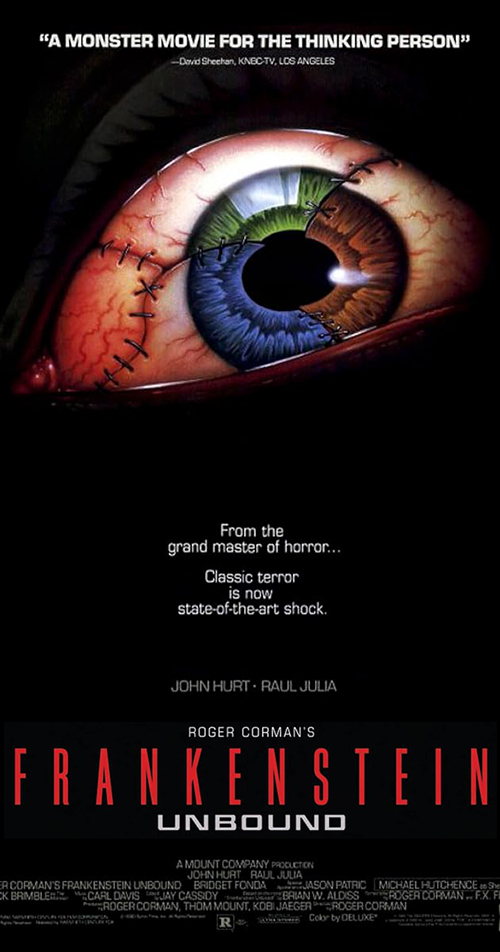In 1776, Americans decided to rebel against King George III because they no longer wanted to be second class citizens in their own land.
As British-imprinted colonialists (not Spanish or French), they had experience in governing themselves.
They wanted to continue being British, but discontinue being saddled with unfair taxes, erase the possibility that the Brits would end slavery, plus stop assimilating 1,000’s of Anglo-Saxon convicts every year.
It's difficult to find details on the fact that between 1615 and 1775, at least 55,000 convicts were transported to the thirteen colonies (mainly to Maryland and Virginia).
Back story: by 1718, felons were overrunning London.
Rather than execute (or imprison) these men and women, the Transportation Act of 1718 was devised to send more criminals to the thirteen colonies.
In 1774, more than 60% of those found guilty at the Old Bailey were transported to America.
British forces were sure that the rebellion would fail, because they knew that the thirteen colonies weren’t particularly homogenous.
Pathogenesis: A History of the World in Eight Plagues, by Jonathan Kennedy, explains how disease killed more British soldiers than bullets.
The Brits lost the war.
Clusters of settlers had immigrated to the colonies, to practice their own specific versions of Protestantism.
There were many distinct sects of Protestants in the New World (French Huguenots, Puritans, Anglicans, Quakers, Calvinists, Episcopalians, Congregationalists, Baptists, Methodists, Unitarians, Mennonites, Presbyterians, etc.)
European countries had driven many of these sects out—sometimes from country to country—before they finally settled down.
No European nation had ever contended with this much religious diversity, and that was the reason behind the separation of church and state in the US Constitution.

By 1776, the thirteen colonies made one big dysfunctional family.
There were roughly 2.5 million people, only one-third of whom were of English descent.
(Native Americans weren’t counted, but slaves were.)
Many English families had migrated back to England, rather than endure the many hardships of life in America.
Yet, every generation from the year 1696 (when the population was a mere 250,000 individuals), the population had still doubled.
Between 1700-1775, over 400,000 immigrants arrived in the colonies, mostly from Northern Europe (countries like Germany, the Netherlands, Scotland, and Ireland).
At least 200,000 unwilling immigrants also arrived, destined to become slaves in the Southern colonies.
Eventually, despite having such diverse backgrounds, European immigrants adopted the English language, and became devoted anglophiles.
Some exceptions, like Martin Van Buren (the 8th president), grew up speaking Dutch.
Another curve ball thrown at the new country was that despite Europe moving on from slavery during the Middle Ages, the Southern colonies were still stuck in the ancient system of slavery.
The plantation owners used people with darker complexions (sometimes, their own near relatives) as slaves.
Southern men boosted profits by raping their female slaves to create more slaves.
Thomas Jefferson shocked George Washington by telling him that Monticello earned an excellent 4% a year, exclusively through the births of Black infants.
In 1831, French political scientist Alexis de Tocqueville (1805-1859), traveled to the US, ostensively to research American prisons.
He traveled throughout the country, and his writings discussed the “cost of living in a materialistic society.”
According to Tocqueville, Americans were so focused on obtaining “the petty and paltry pleasures with which they glut their lives” that they neglected their responsibilities as citizens.
Sound familiar?
One way of thinking about US history is that it’s a series of battles between elites who want to cling to power because of their ethnicity, and people who don’t want to remain in the underclass.
In 1776, independent Americans decided to break with Great Britain, but there was only one pathway to that goal.
That pathway was to make concessions to rich plantation owners, and maintain a social system based on slavery.
For nearly 90 years, the nation endured half slave and half free, but then it all blew up (in 1861), with the Civil War.
15 years later, historians agree that Democrat Samuel J. Tilden won the popular vote, and the electoral college by one vote.
However, a Congressional Electoral Commission still made Republican Rutherford B. Hayes the nation’s 19th president.
Democrats agreed to trade Tilden’s victory for ending the empowerment of Black citizens in the South (Reconstruction).
Tilden became the first of many politicians to win the popular vote, but not become the nation’s president.
Culturally overwhelmed by the influx of non-Northern European immigrants (during the 1890’s-1920’s), Anglo-Saxon elites, and their sympathizers, resolved to isolate the US from the “horrors” of internationalism.
The nativist movement grew in power during the 1930’s.
(Read all about this era in Rachel Maddow’s Prequel: An American Fight Against Fascism.)
Americans gained democratic rights in the 1960’s and 70’s, for example the Civil Rights Act of 1964, the Voting Rights Act of 1965, Roe vs Wade in 1973, and the Pregnancy Discrimination Act of 1978.
Now, Project 2025 is trying to erase various rights, and restore the 1950’s WASP class structure.
Over the years, Republicans and Democrats have switched sides in their roles as Conservatives versus Liberals, and each side talks about despising elites.
Some elites (especially those in the news media and academia) are idealists about democracy, and not particularly materialistic.
They have few beliefs in common with the elites of the 30’s.
Both sides claim to advocate for blue collar workers, but MAGA policies are based on favoring Big Business over the working class.
Donald J. Trump (the leader of the movement), was despised by Anglo-Saxon “old money,” has no English ancestors, his mother was an immigrant servant girl, and he’s married two immigrants.
The lines drawn in the 2024 battle between Conservatism and Liberalism, and elites versus non-elites, has become very confusing.
*Photo: Prima/UIG/Rex Features.
































